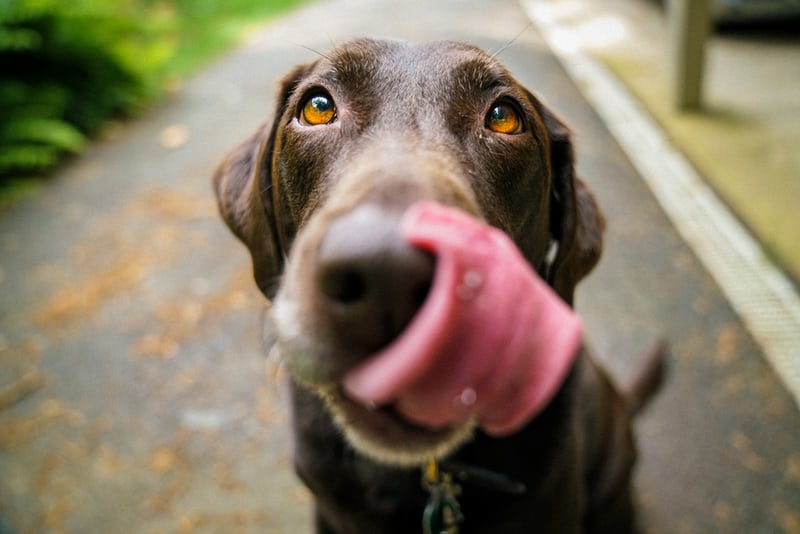Orthopedic health problems are a common reason dogs visit a veterinary hospital. Orthopedic veterinary issues involve your dog’s bones, tendons, ligaments, cartilage, joints, and more. While these health issues are widespread in dogs of all sizes, certain breeds may be prone to certain orthopedic health difficulties. Large dogs, in particular, tend to develop bone and joint abnormalities as they age due to their weight. Here are some important tips to avoid orthopedic issues in your dog.
Provide your puppy with an adequate diet.
You’re probably overwhelmed by options when shopping for puppy food. Food designed specifically for your puppy’s breed may appear to be a gimmick to attract your attention, but it can genuinely avoid orthopedic problems in your dog. Hip dysplasia, one of the dogs’ most prevalent orthopedic problems, is controlled by genetics and development rate. While you cannot change your puppy’s hereditary proclivity for joint disease, you may regulate its growth by feeding a breed-appropriate diet. Hip dysplasia primarily affects large breed dogs, and it is more likely to occur in genetically predisposed puppies who consume excessive minerals such as calcium throughout the growing phase. If a puppy’s bones grow too quickly for the muscles and ligaments surrounding them, the joint will not be effectively supported and will wear down with frequent activity.
If your puppy is expected to weigh more than 40 pounds as an adult, giving them large breed puppy chow is one of the finest things you can do to ensure their future joint health. Click here and request that your family veterinarian offers a feeding plan that effectively balances your puppy’s calorie and mineral intake while minimizing the development of hip dysplasia.
Get your puppy spayed or neutered at the right time.
Historically, veterinarians suggested spaying or neutering puppies at around six months, but new information suggests that removing essential sex hormones too early can predispose your youngster to subsequent orthopedic disorders. Estrogen and testosterone play crucial roles in bone formation in puppies by influencing when the bones stop growing. Spaying or neutering your puppy before their bone growth is complete reduces these hormones, causing the bones to grow longer than normal and causing changes in their overall conformation and joint mechanics. According to studies, orthopedic disorders such as hip dysplasia and cranial cruciate ligament disease are less common in intact dogs than in spayed or neutered dogs.
Dog breeds grow at different rates, with larger breeds often taking longer to attain skeletal maturity than tiny ones. To lessen the chance of future orthopedic problems, your puppy should be spayed or neutered until their bones have fully matured. Based on your puppy’s predicted growth rate, a dog orthopedic veterinarian will recommend the optimal age for the treatment.
Keep your dog at a healthy weight.
Obesity increases joint tension, which can cause excessive wear and tear or aggravate pre-existing arthritis. Maintaining your dog’s ideal body condition throughout life can dramatically lessen the risk and severity of arthritis. Regardless of your dog’s age, ask your family veterinarian to issue them a body condition score (BCS), which you may compare to their optimal BCS to see if a weight loss strategy is necessary. Regular exercise and a calorie-controlled diet can help your dog regain a healthy weight that lowers joint pain. Many owners of overweight dogs are shocked to discover that their canines are more active and happy after losing weight.
Conduct regular low-impact exercise.
Regular exercise is essential for a dog wellness plan in Waxhaw, but the wrong type of activity can cause joint issues. Growing puppies, in particular, should avoid running on hard surfaces because the repetitive impact can interfere with appropriate bone and joint development. If you have a running partner in mind for your athletic dog breed, such as a Labrador retriever, ask your family physician when you can safely take them jogging. Once your dog’s bones have matured, which can take up to 18 months for giant breeds, they can handle more rigorous exercise.
Conclusion
While many orthopedic diseases can be handled with drugs and/or non-surgical treatments, surgery may be required to relieve your dog’s symptoms and improve its quality of life. You can make informed decisions, prepare ahead, and get your dog through treatment and rehabilitation so it can return to chasing balls and jumping on the sofa.



